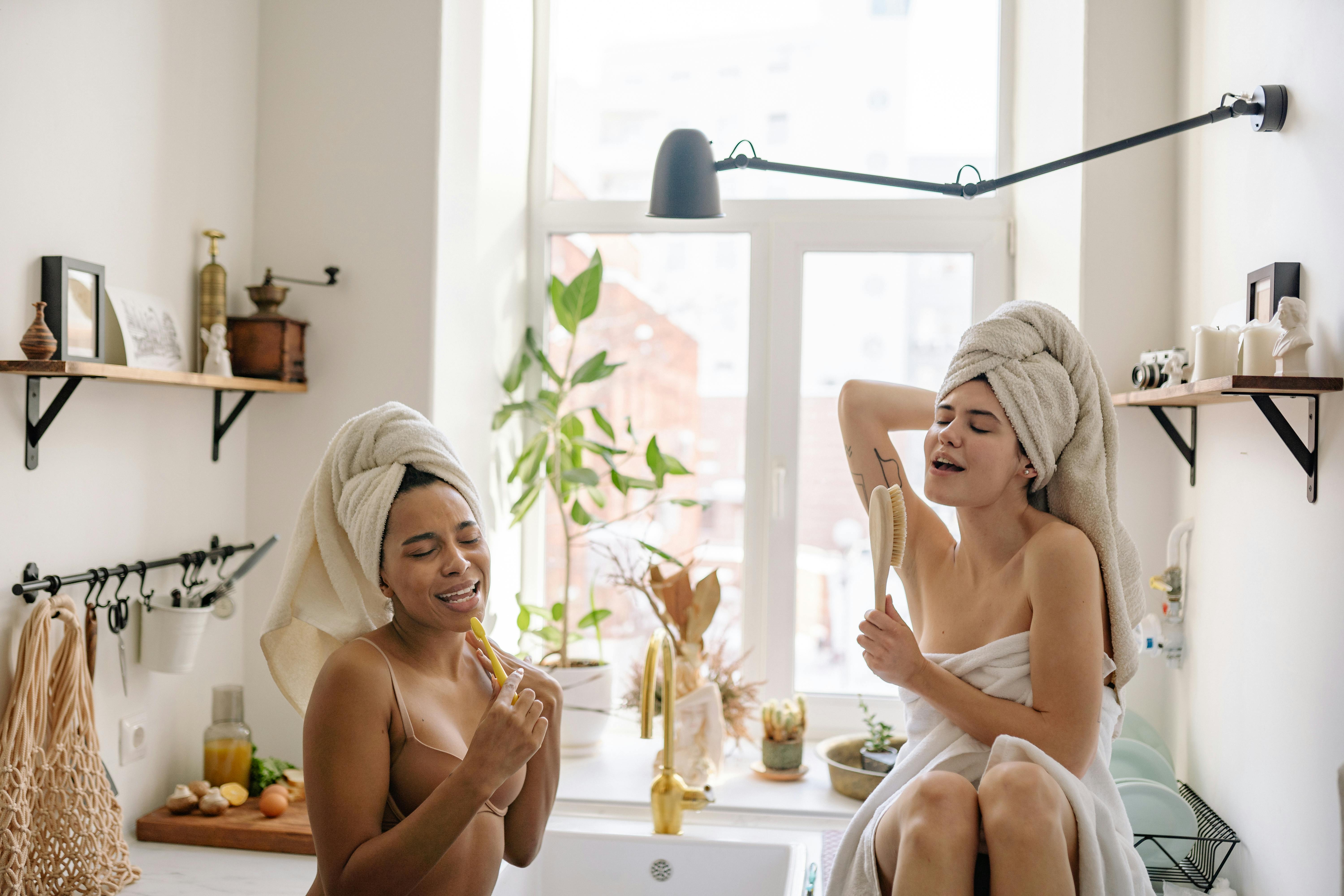
Puppy Potty Training – Things Anyone Who Wants To Potty Train A Puppy Should Know
Congratulations on the new addition to your home! You may be hesitating at this particular time if you really want this new change because of the problems you are facing with potty training your pup. I would like to start by assuring you that this problem is only temporary and believe it or not, there is a lasting solution. Just like potty training a child doesn’t last forever, but neither does it take a day or sometimes a week, puppy potty training can be accomplished with the right approach and understanding of the subject. .
Puppy Potty Training Methods
When it comes to “how to potty train a puppy,” one of the keys to a potentially successful puppy potty training exercise is choosing the right method. The three most common methods are: the direct training method, the paper training method, and the box training method. The direct puppy potty training method is best suited for people who have a lot of time at their disposal to carry out the exercise. The crate potty training method, on the other hand, favors owners who are typically out of the house for 3 to 4 hours at a time or more (i.e., busy owners and mothers who work outside the home). Lastly, the toilet paper training method is useful if you live in a high-rise apartment or are short on budget to achieve your desired goal.
Choosing a Potty Training Method for Puppies
Your choice of which puppy potty training method to adopt should be based on a good understanding of the different methods and their requirements, your lifestyle, an understanding and appreciation of “bladder and bowel development” in a puppy (which we’ll cover), a good understanding of the relevant natural instincts a puppy is born with, and finally how much time and budget you’re willing to put into achieving this goal.
Relevant facts about the development of the bladder and intestine of a puppy
- A puppy develops full sensitivity to its bladder and bowel like an adult dog around 6 weeks of age, but conscious control of its bladder and bowel is not possible at this time.
- They develop the full ability to control their bowel and bladder movements at around 16 to 24 weeks of age.
- Small or toy dog breed puppies have a smaller bladder but a faster metabolic rate (so they may need to urinate more often).
Quick Tips for Potty Training Puppy Regardless of which training method you adopt, the following tips are essential to achieving your goal
- The best time to start training your puppy is when he is between 8 and 8.5 weeks old.
- Get everyone in the house involved and make sure everyone involved is clear about what the goal is and how you intend to achieve it, so as not to confuse the pup.
- Take your pup to a designated evacuation area; for 10-15 minutes first thing in the morning, immediately after a nap, 10 minutes before and after a meal, immediately after playing (especially if this happens indoors), and for 10-15 minutes late at night the night.
- When choosing a puppy potty training method, avoid the crate training method if the puppy feels scared, restless, threatened, and uncomfortable in the crate you are considering using.
- When your pup is in a designated urination spot and you’re on the spot, give “soft-voiced praise,” not overzealous praise. Do the latter only after your pup is done. These actions will reaffirm your approval of his actions and also help build your pup’s confidence!
- Don’t miss an opportunity to shower your pup with praise (using a pleasant tone of voice) when he urinates in the right place and at the right time. This is very essential!
- Have a good, effective odor-killing carpet spray in the house for when accidents happen because they will!
- If your pup is caught in the act of urinating in an undesignated area, express your disapproval by saying a loud “No or bad dog” in a gravelly tone of voice, pick him up immediately and take him to the correct designated area. Never punish the puppy!
- Immediately and always clean up (designated evacuation area) after your dog. This is good practice and helps protect your pup and the public, especially children, against worm infestation, to say the least.
- Never stop your puppy’s potty training exercise until you are 150% sure everything is okay.
- Never give your pup the full tour of your house until he is fully potty trained!
- Familiarize yourself with the evacuation pattern/signs your pup is displaying and take him to the designated evacuation area as soon as he begins to display any of the signs.
A successful and long-lasting puppy potty training exercise won’t happen overnight, but it is possible in as little as 3-6 weeks, and in some cases much less time if you’re willing to put in the necessary work. .